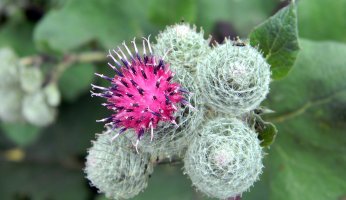Wild Food Profile: Cattails
 Wild Food Profile: Cattails
gearweare.net
Wild Food Profile: Cattails
gearweare.net
Cattails are easily found in marshy areas and serve many purposes. For the survivalist, outdoor enthusiast, or backwoods cook, note that the cattail can provide food, identify the location of water, and can be used for bedding or shelter. This versatile plant has a long history with humans across its range and in many different landscapes.
Table of Contents
Botanical Profile
Cattails are part of the Typha genus with two forms commonly known as Typha latifolia (broad leaf) and Typha angustifolia (narrow leaf). Typha latifolia prefers shallower marshes while Typha angustifolia will tolerate deeper waters. It is not uncommon, however, to see them growing side-by-side and even interbreeding. Cattails can be identified by the long stock of pollen which turns to a fluffy brown spike late in the season. Before the flower blooms it’s possible to mistake cattails with similar looking plants, but look for new growth coming out from the dried remains of the previous year and you should see clues that help in identification, such as the dried remains of the cattail flowers. Also, smell the plant. It will be very mild and not have a strong odor.
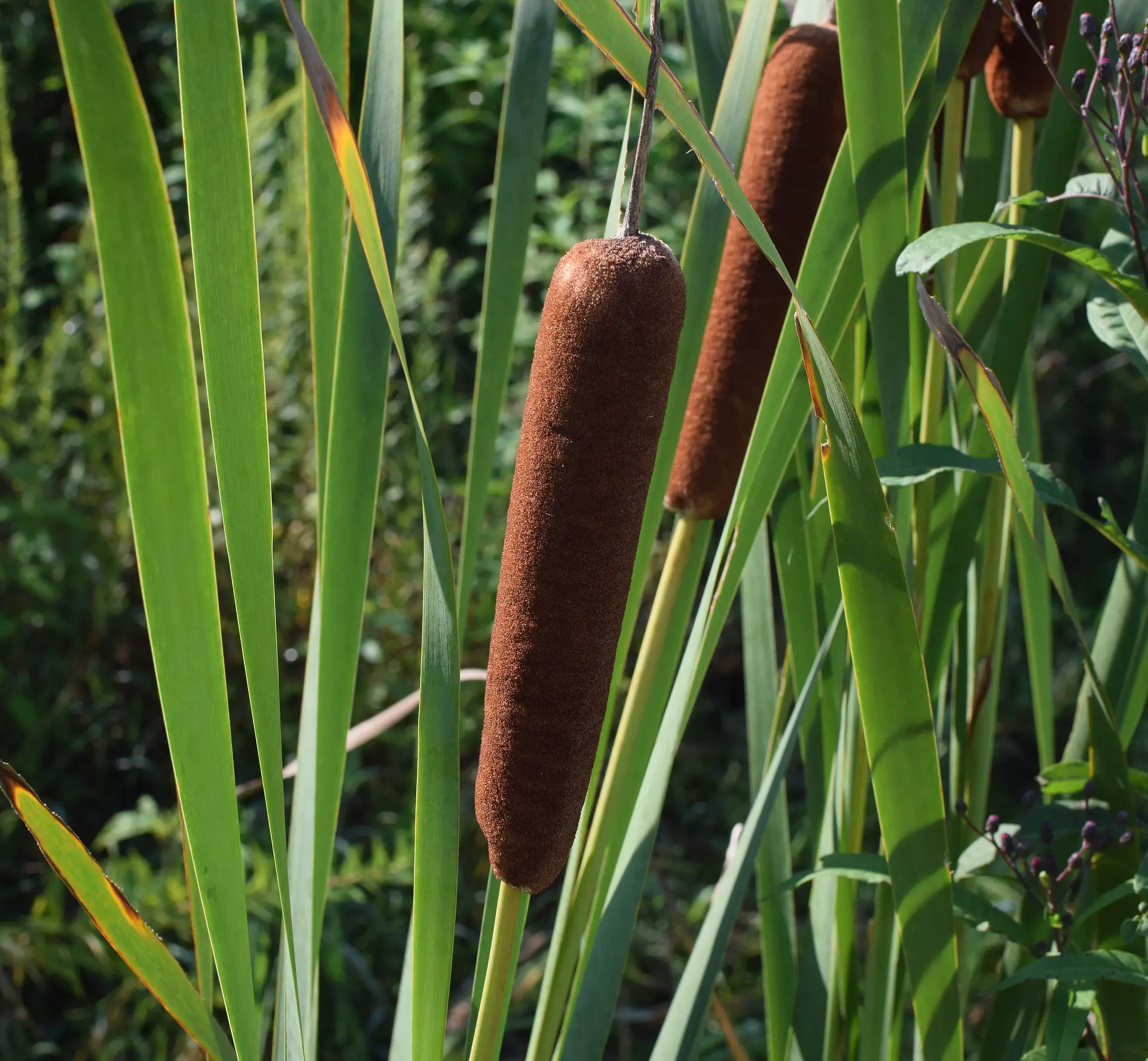
Distribution
In the 1800s cattails were reported in Europe and across parts of the Eastern and Southern United States. During the 20th century the appearance of cattails spread throughout Europe and the Americas. Now they can be found along roadsides, on farms, in ponds, near lakes, and in the middle of fields if the conditions are right. Even small wetlands in the middle of the desert can contain cattails. They are a hardy and prolific plant that self-propagate easily.
Uses
The tips, roots, and bottom of the cattail stocks are all edible in different ways. Cattails contain a variety of vitamins and the roots contain more starch than potatoes, rice or bread. They can be harvested and roasted like potatoes or dried and ground into a flour for baking. The roots and leaf stocks can be stir-fried with other vegetables and make a tasty springtime ingredient. In the spring, the green heads can be used in broth or casseroles. Look for the new growth off the main shoot for a tender treat directly from the plant during the summer months that has a flavor similar to cucumber. A word of warning though, always wash or strip the outer layers of the cattail as they can transfer bacteria from the water they grow in. The pollen can be harvested in large quantities and used in place of baking flour. You will find many recipes online that incorporate cattail pollen.
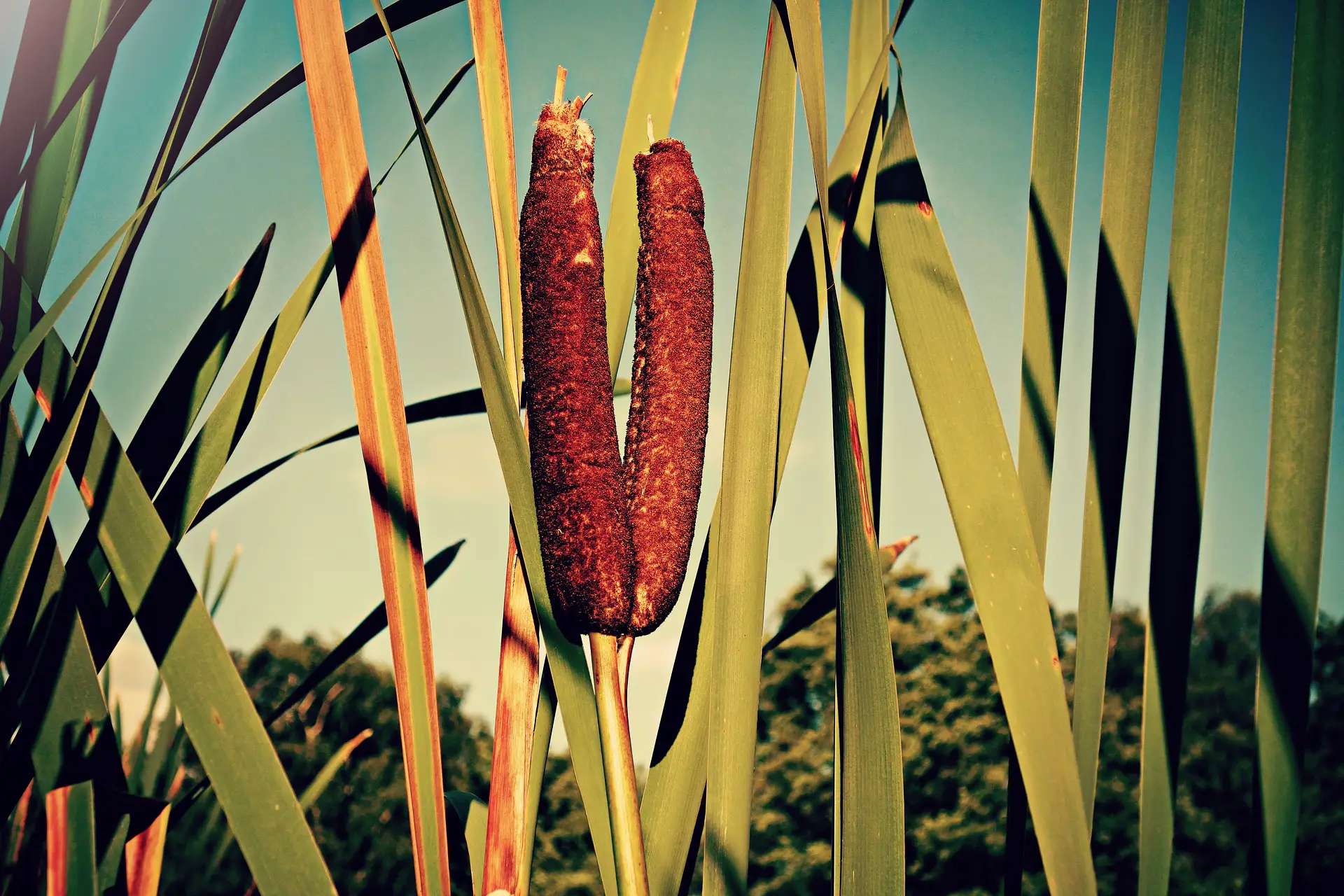
Use the fronds, or long leaves to weave baskets, mats, and even rope. This is best done in the fall when the strands are stronger. The fluff that develops on the flowers once pollinated was used by Native American tribes to stuff mattresses as well as insulate their homes. Because they are absorbent, they were also used for diapers and women’s personal hygiene pads. Cattails are also great for starting fires any time of year because the center of the flower stock stays dry even when the plant is wet and due to their shape can be help like a torch.
Seasonality
The green heads appear in the spring and the plants grow taller throughout the summer. The green heads turn into yellow pollen laden flowers in late spring and then mature into the soft, brown fluff near the end of the summer. Once the seeds drop or scatter in the wind, the plant prepares for winter by drying out the fronds and heads located above the water. Don’t be fooled though, the roots are still hearty and useful during the brisk winter months and they will soon emerge with the fresh new growth of spring.
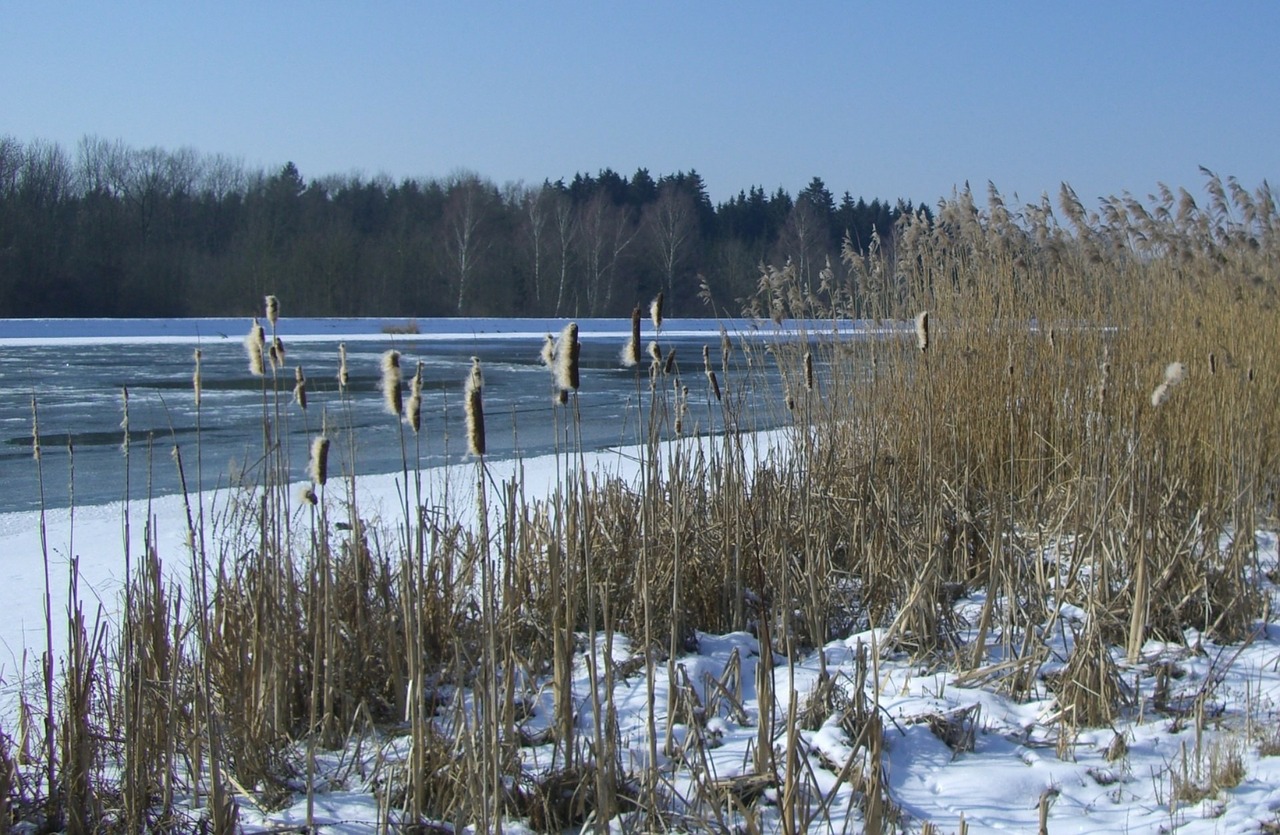
How to Harvest
To harvest the tender center of the cattail, cut the stock with leaves attached. Then peel away the layers of leaves and outer skin until the hearts are exposed. Alternately, use the new shoots for a snack or shake the pollen into a storage bag to use as a flour substitute. Use this flour to coat foods for frying or use in recipes for pancakes and breads. If using the roots, you will want to remove the starch by crushing the root and soaking it in water. You will see the white starchy substance settle to the bottom of the water. Drain the clean water from the top. After a few soaks you can use the starch as a flour substitute. Other options for using the roots are to boil them or cook them over a fire. With either of these techniques, chew the root to release the starch, but do not eat roots raw as it can cause significant stomach upset.
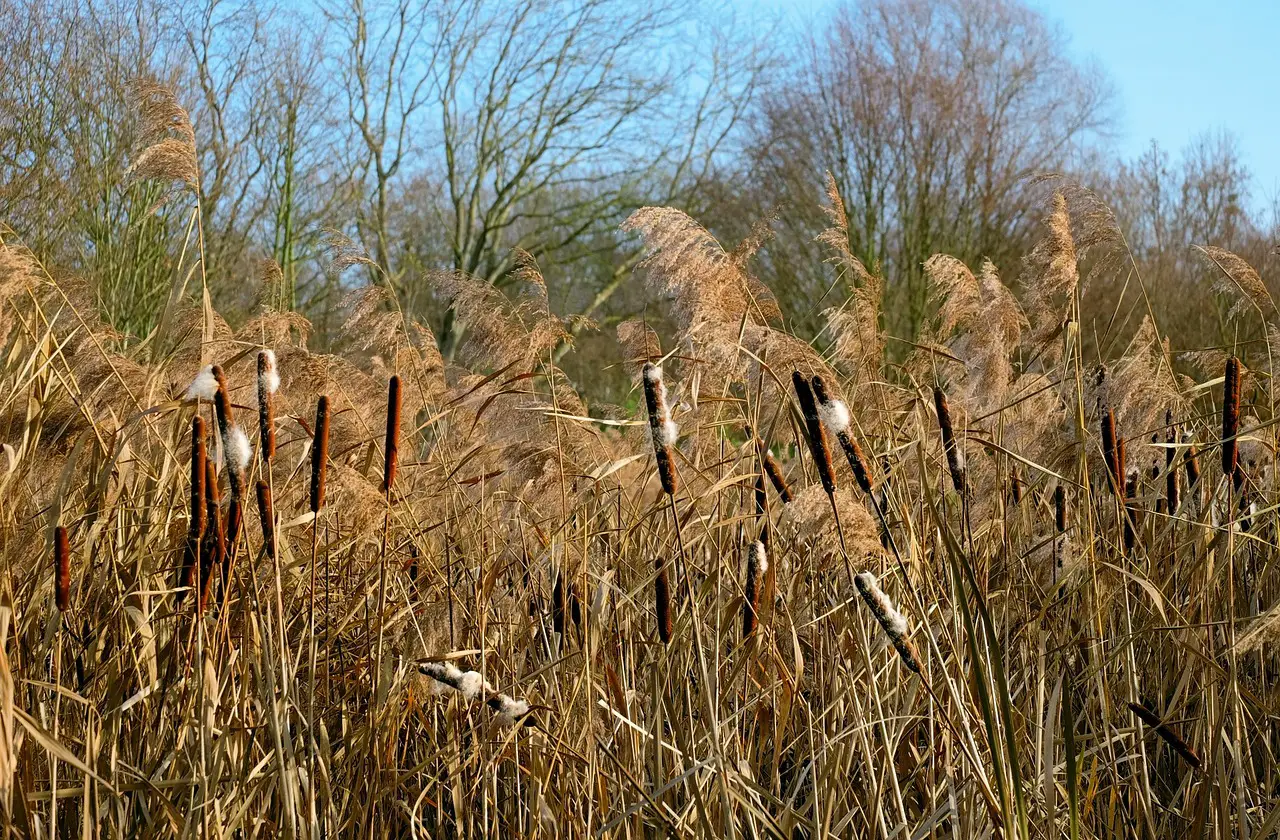
Sustainability
Cattails self-propagate in two different ways. During the autumn months, their fluffy heads release their supply of seeds, allowing the wind to carry them across the pond. Cattails also have a dynamic root system and spread by sending up new growth from the ever-increasing base of roots, creating new plants in the vicinity of the original. This is why cattails are found in such dense patches. When the conditions are right, cattails proliferate creating large assemblies of the plant. Smaller wetlands limit the expansion. When this happens, they may be seen clustered in smaller groupings.
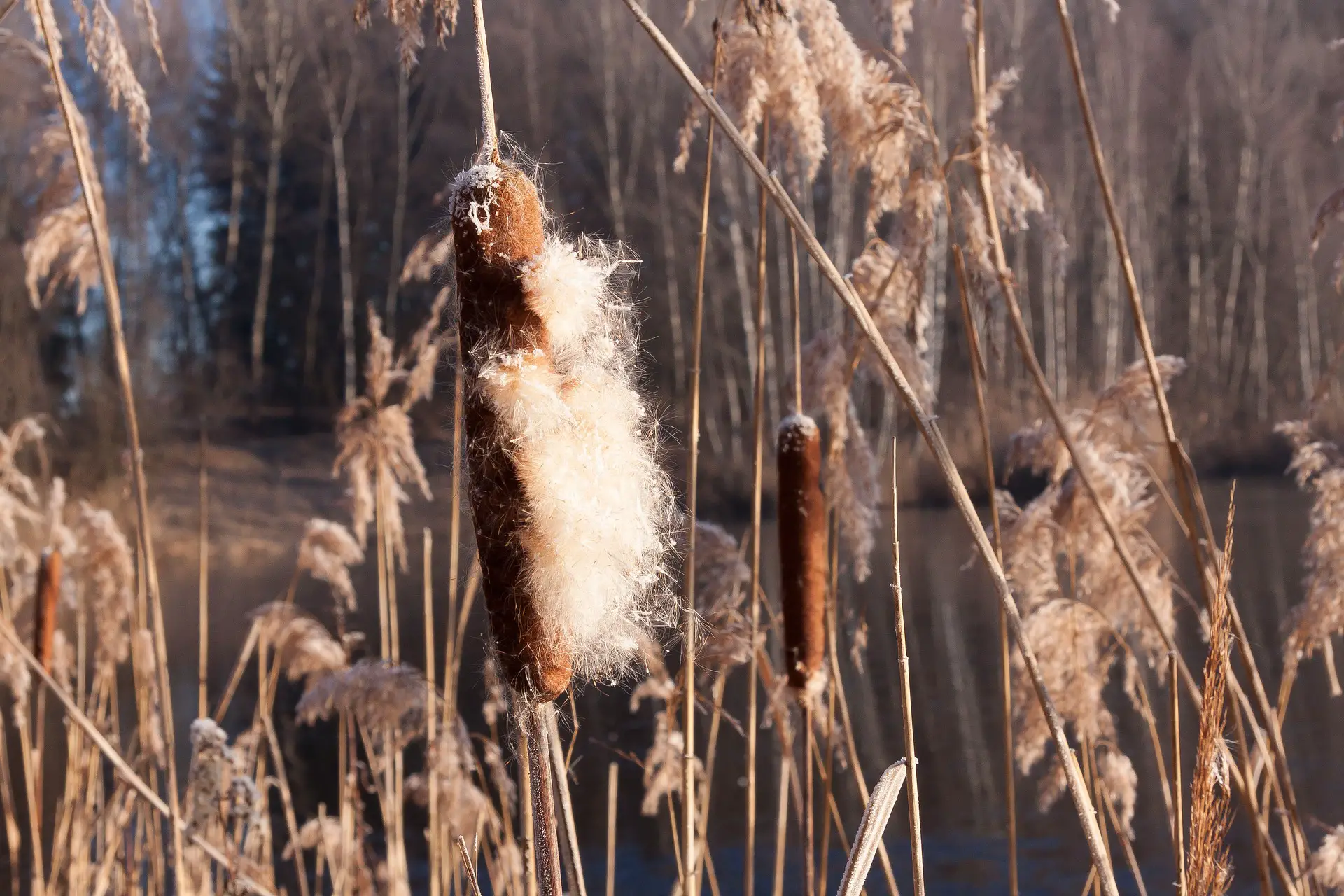
Since cattails need a wet environment, they will fail to thrive or disappear altogether where water supplies dry up. Because they establish quickly in shallow, wet environments they can become invasive. Farmers may limit expansion for fear of taking over ponds used for watering livestock or crops. They do this by mowing, cutting, freezing, or flooding them out.

Conclusions
The versatile cattail plant is easily found and is useful in a variety of ways. Not only do the soft heads create an insulation option during a survival situation, but different parts of the plant can be eaten too. Although the plant can be invasive to land owners, with proper cultivation it will share the water with animals and even act as a host for grubs, which the fish love to eat. Make this easy to find plant your next foraging treat.
– Disclaimer –
This post is strictly intended for informational purposes. Please research further if you have allergies, or think you may have a reaction to certain vegetables, flowers, roots, and other wild plants which may be suitable for consumption before eating them. It is important to identify plants properly before eating.
*** GearWeAre is not responsible for any allergic reactions or mistaken identification of wildly grown edibles. ***





